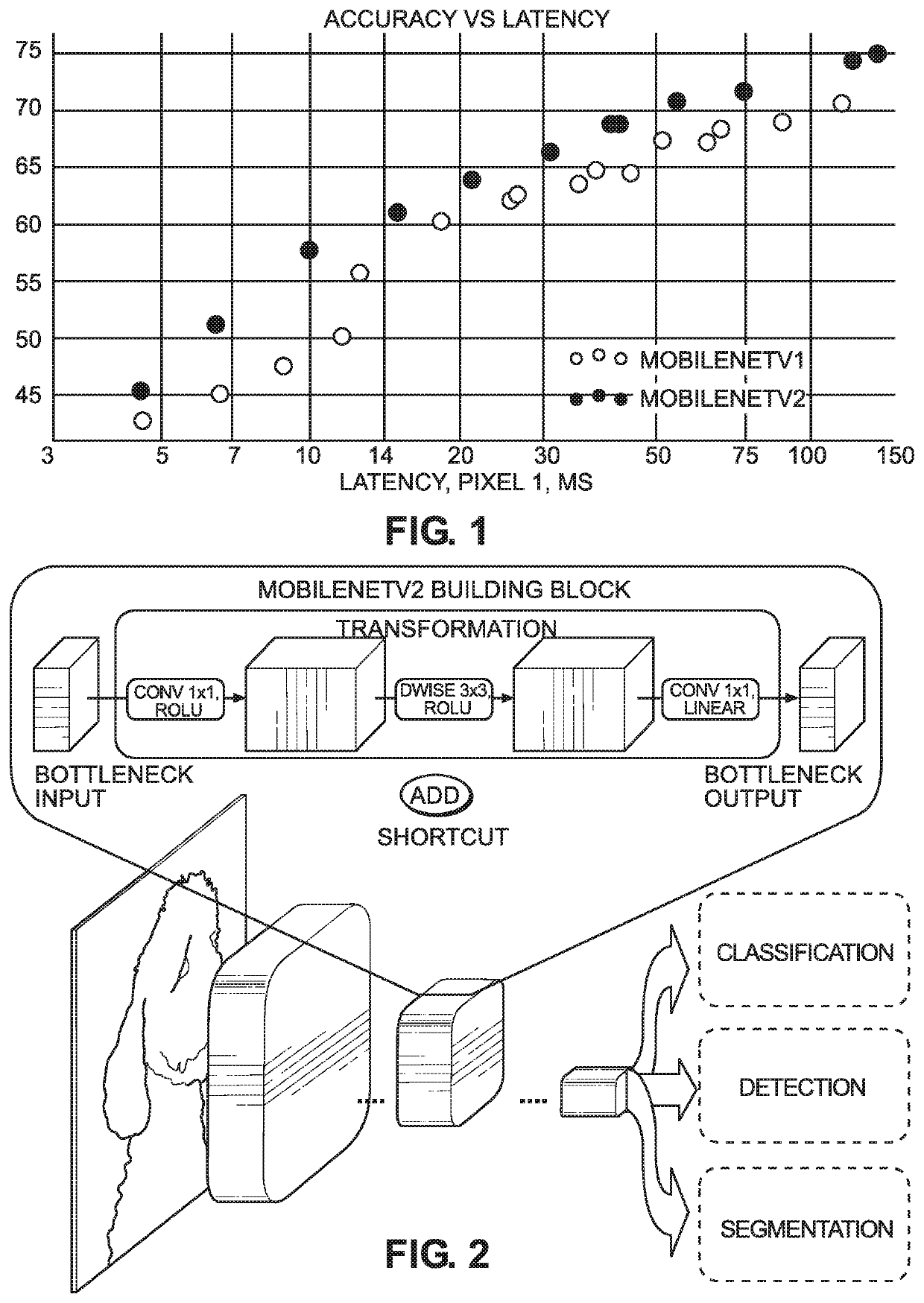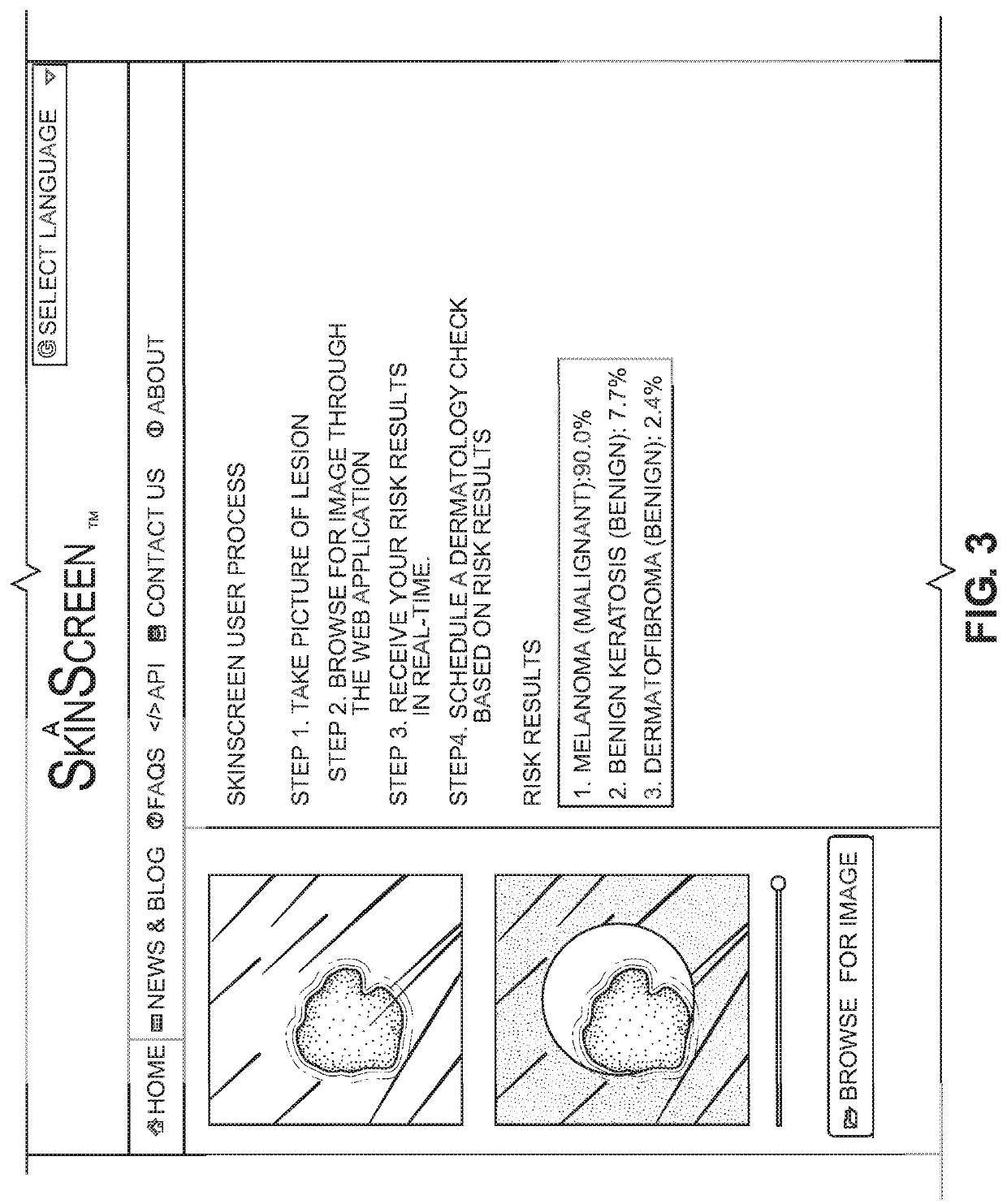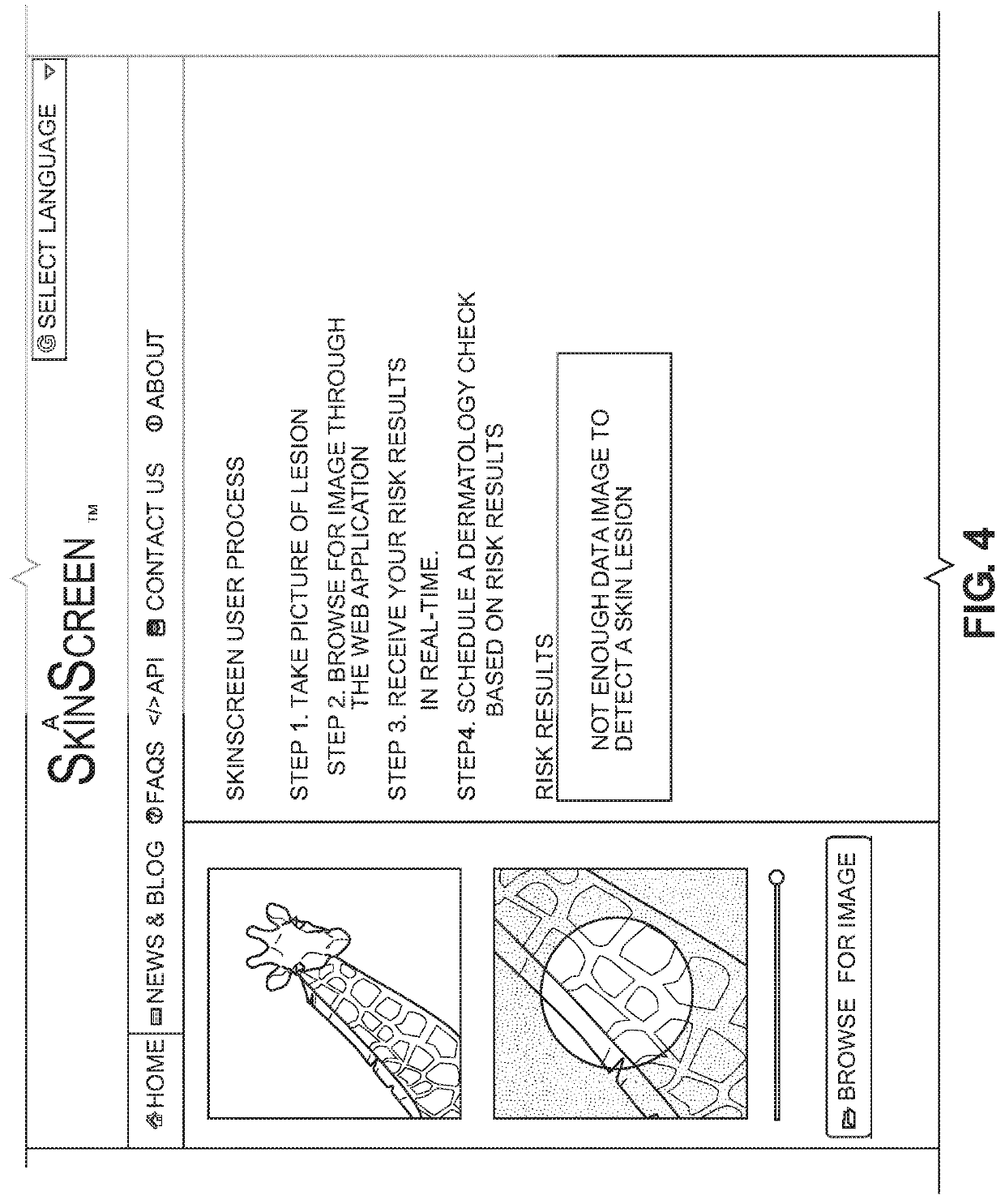System, method, apparatus and computer program product for the detection and classification of different types of skin lesions
a skin lesions and classification technology, applied in the field of skin lesions, can solve the problems of time-consuming, inconvenient, and inconvenient to train, and achieve the effect of aggregating the training data s
- Summary
- Abstract
- Description
- Claims
- Application Information
AI Technical Summary
Benefits of technology
Problems solved by technology
Method used
Image
Examples
Embodiment Construction
[0024]The following detailed description is of the best currently contemplated modes of carrying out exemplary embodiments of the invention. The description is not to be taken in a limiting sense, but is made merely for the purpose of illustrating the general principles of the invention.
[0025]Broadly, embodiments of the present invention provide a system, method, apparatus, and computer program product that leverages “big data”, computational power, and Artificial Intelligence, in the detection and classification of benign and malignant skin lesions. Currently, detection is manually performed by a dermatologist or technician through a heuristic approach known as ABCDE (Asymmetry, Border Irregularity, Color, Diameter, and Evolution). This method used by trained professionals is has been tested and is approximately only 35% correct over time.
[0026]The inventive SkinScreen® product, according to aspects of the present invention compensates for current physical dataset shortcomings thro...
PUM
 Login to View More
Login to View More Abstract
Description
Claims
Application Information
 Login to View More
Login to View More - R&D
- Intellectual Property
- Life Sciences
- Materials
- Tech Scout
- Unparalleled Data Quality
- Higher Quality Content
- 60% Fewer Hallucinations
Browse by: Latest US Patents, China's latest patents, Technical Efficacy Thesaurus, Application Domain, Technology Topic, Popular Technical Reports.
© 2025 PatSnap. All rights reserved.Legal|Privacy policy|Modern Slavery Act Transparency Statement|Sitemap|About US| Contact US: help@patsnap.com



